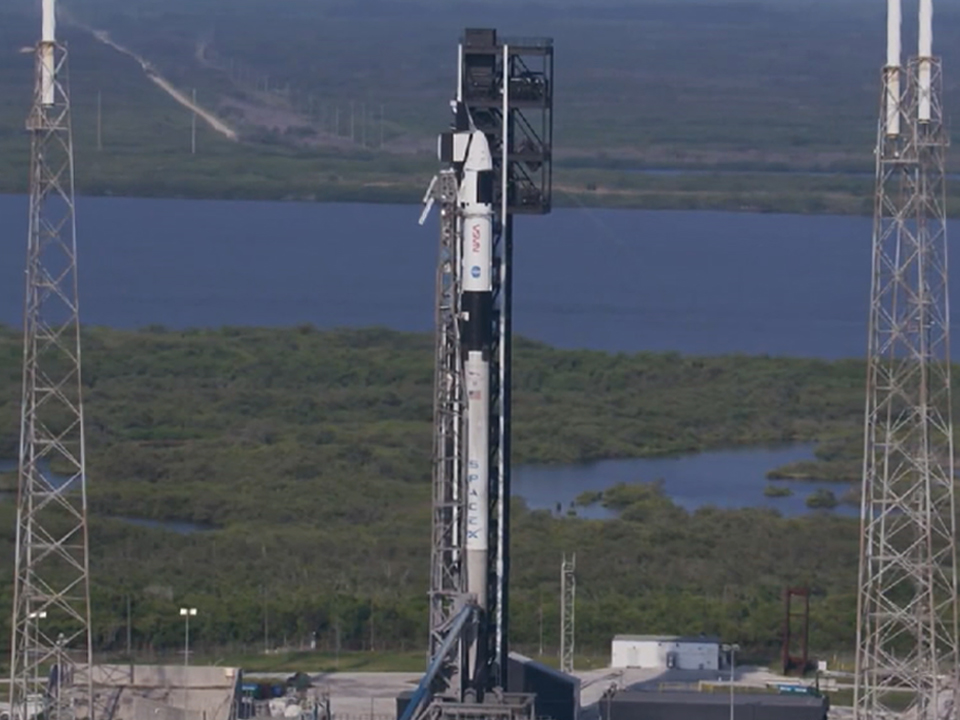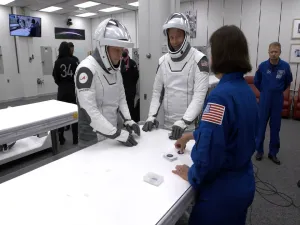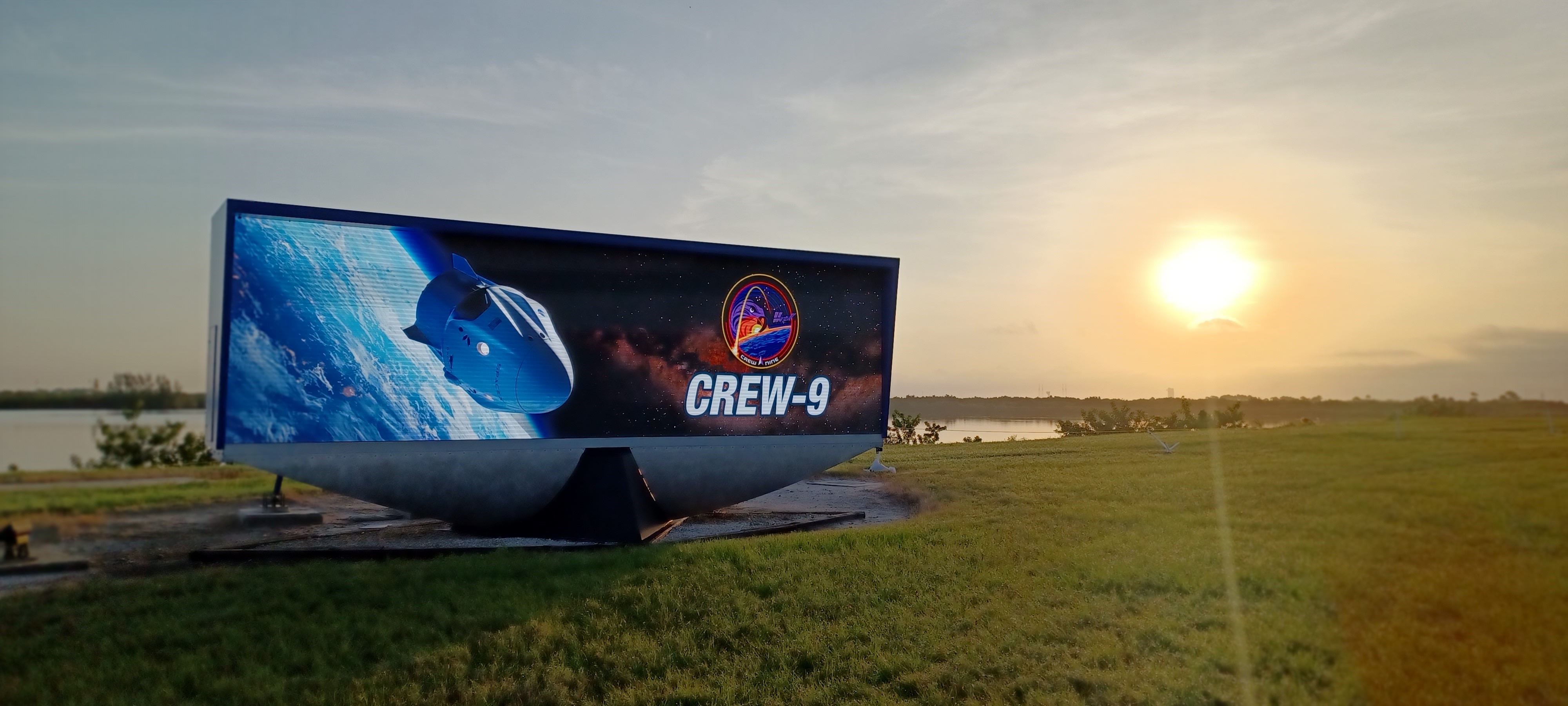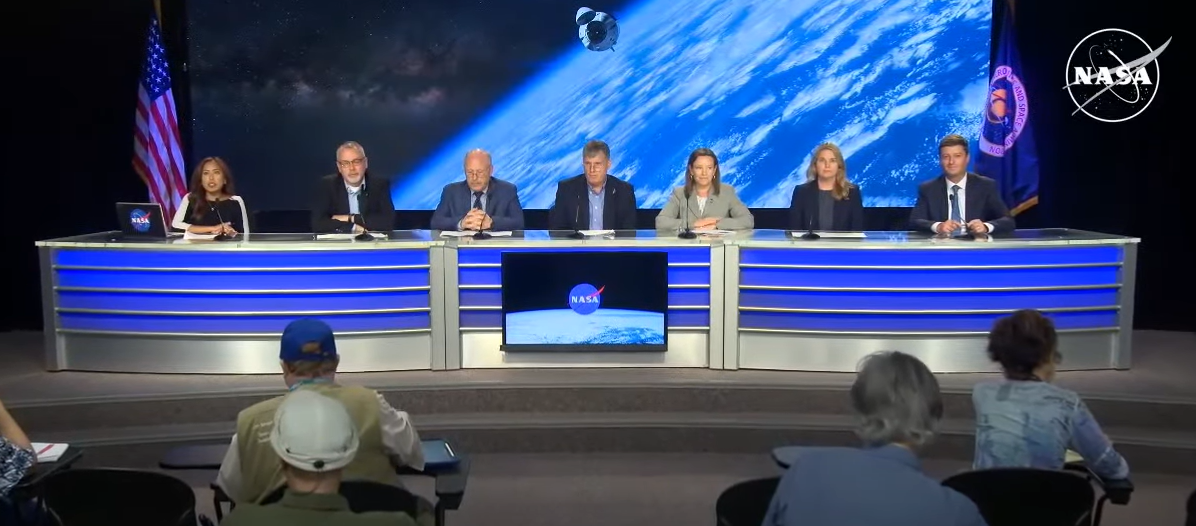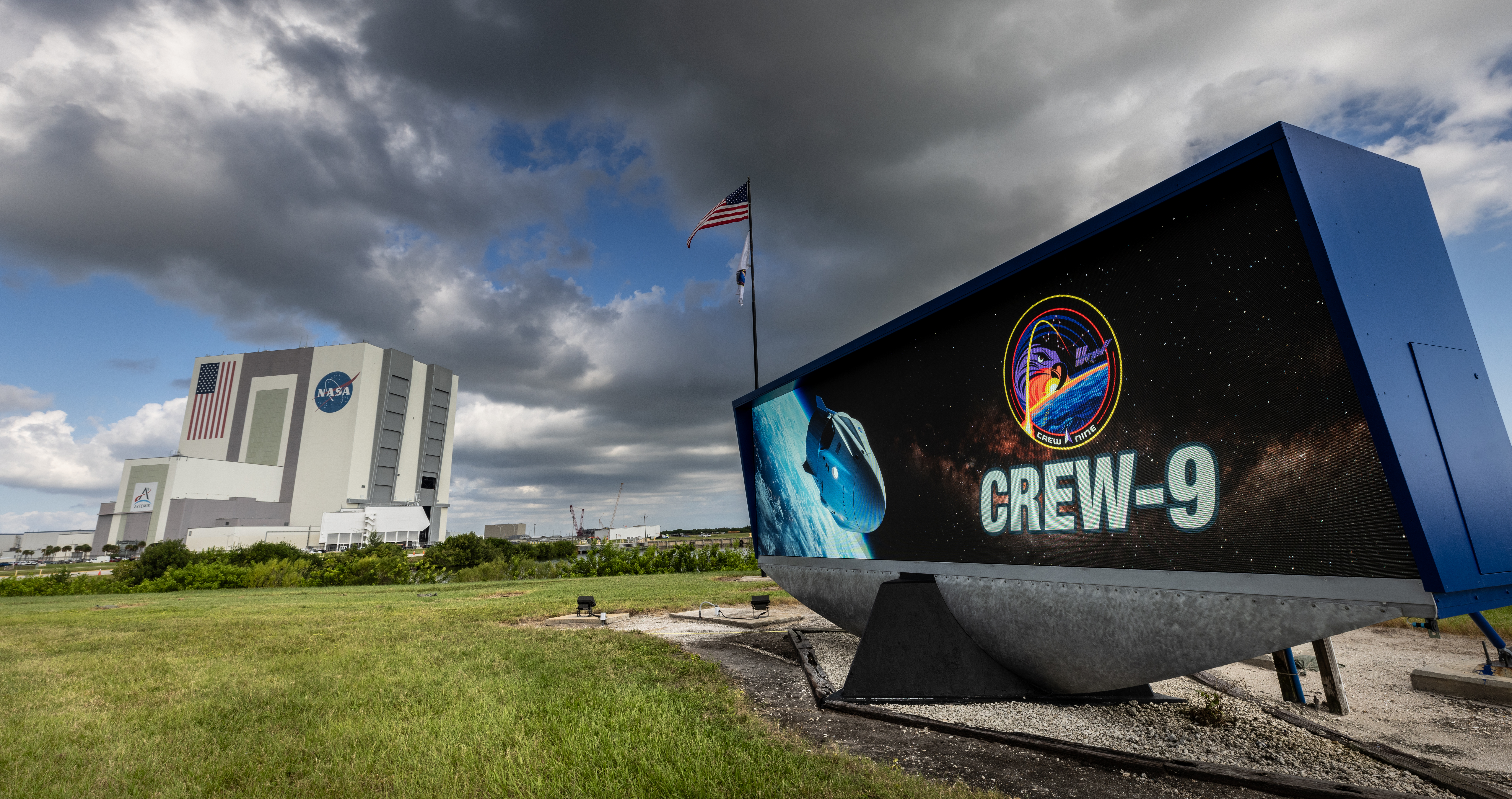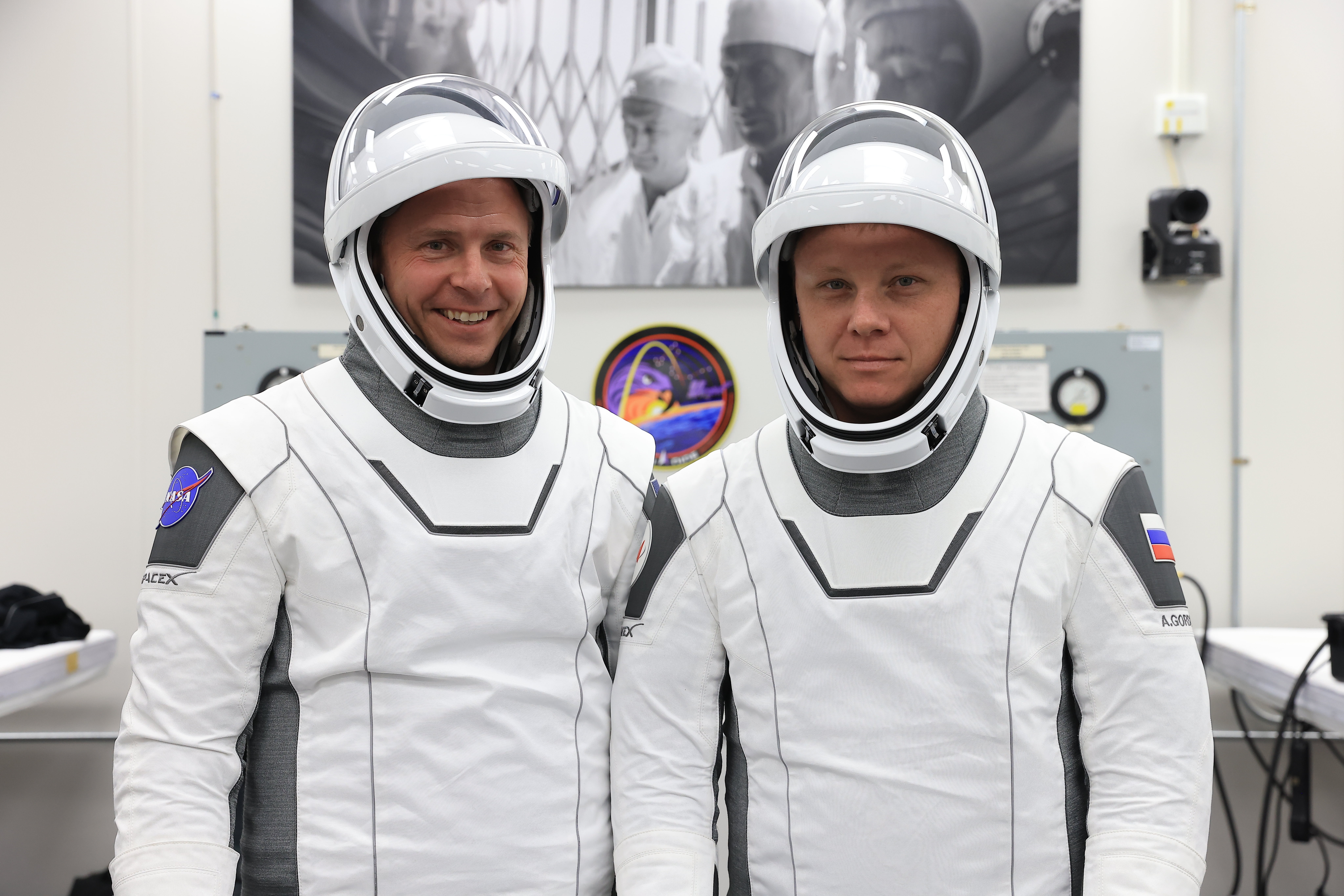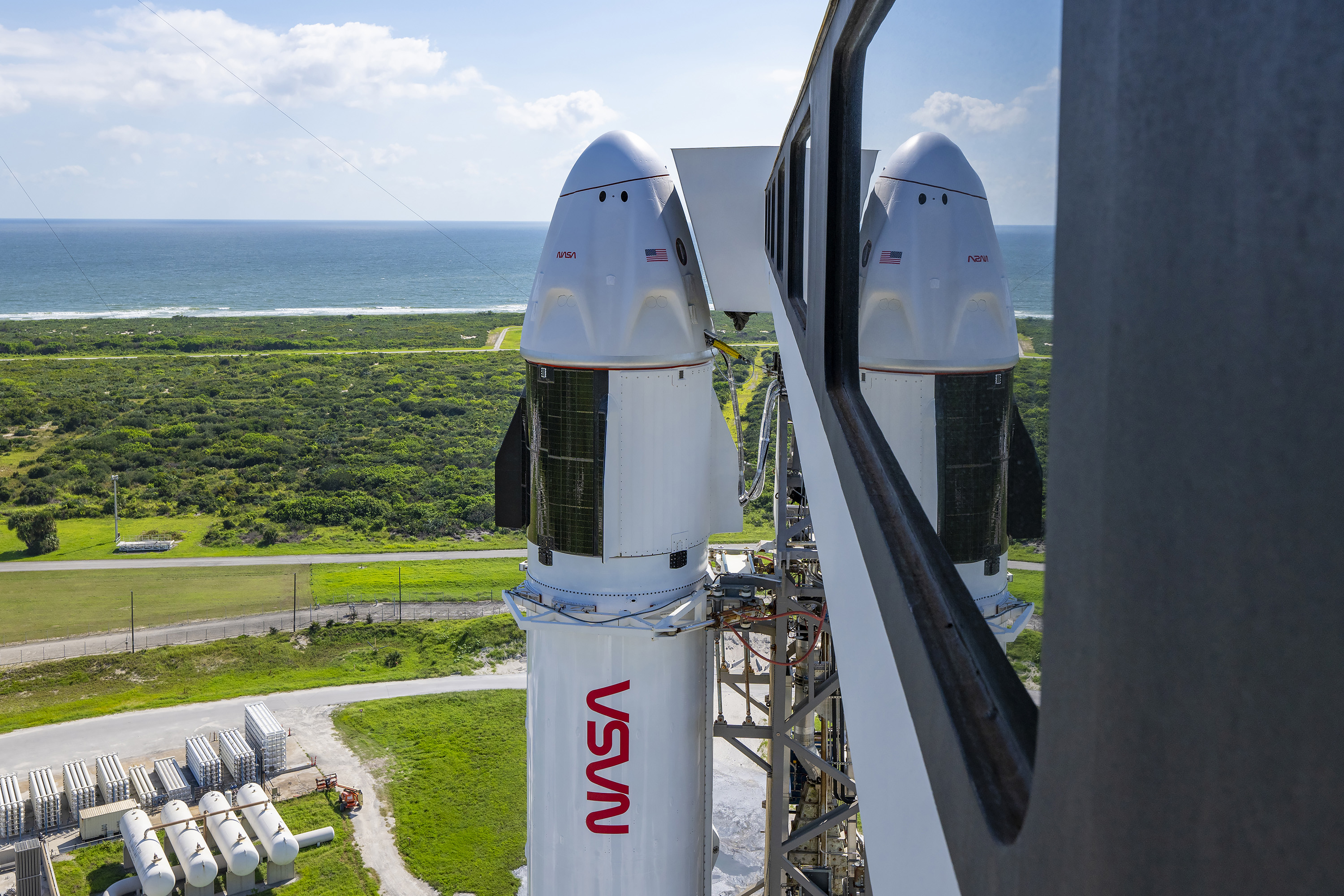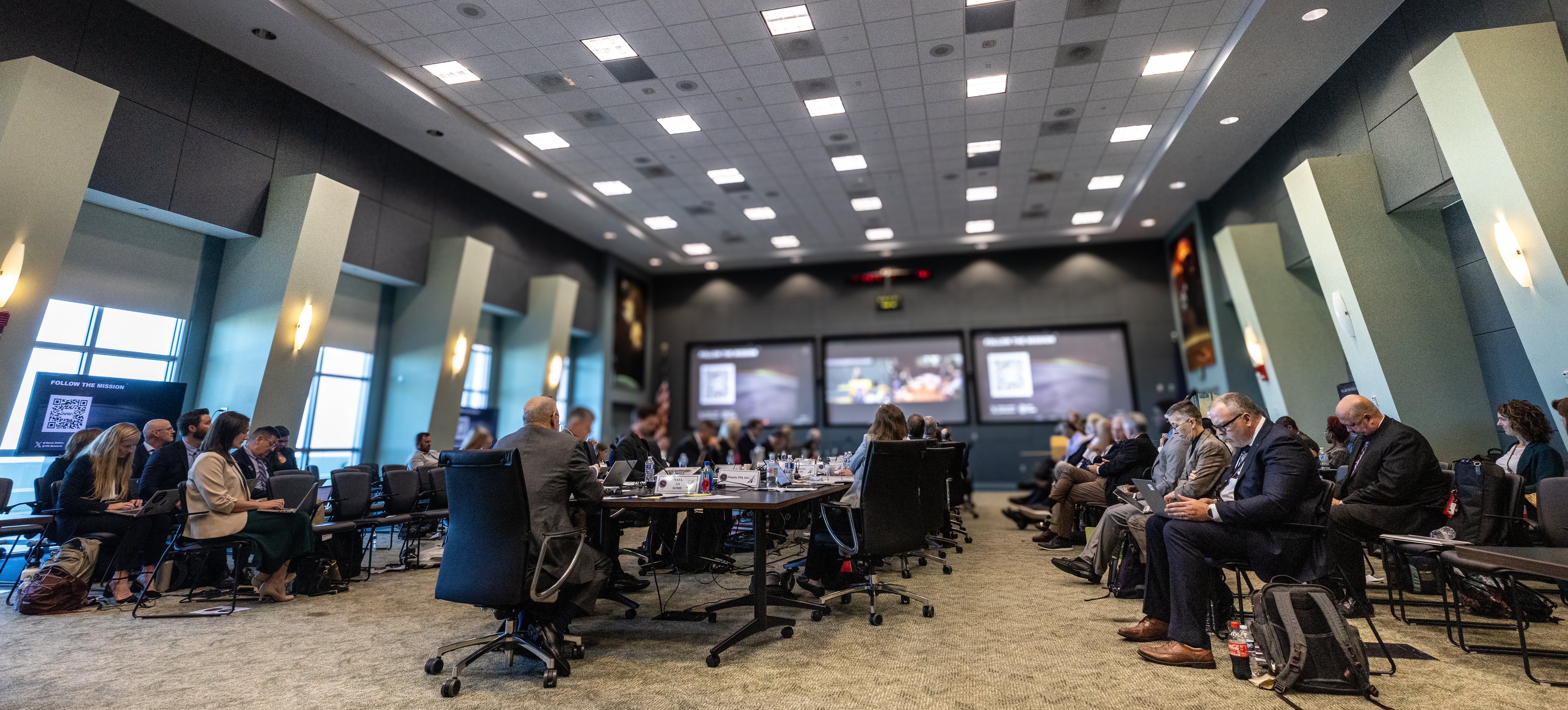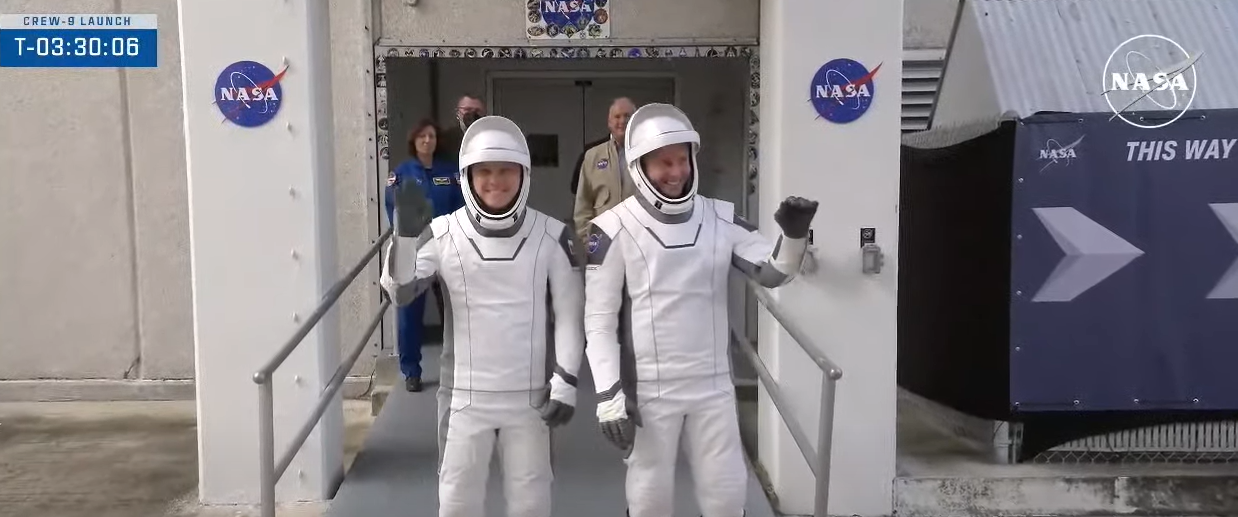
The crew is on their way to Cape Canaveral Space Force Station’s Space Launch Complex-40 to launch on NASA’s SpaceX Crew-9 mission to the International Space Station. This is the first time a human spaceflight mission will launch from the pad.
NASA astronaut Nick Hague, commander, and Roscosmos cosmonaut Aleksandr Gorbunov, mission specialist, spent the last couple of hours eating and suiting up inside crew quarters at the Neil A. Armstrong Operations and Checkout Building at NASA’s Kennedy Space Center in Florida.
The Crew-9 crewmembers waved to family and friends before entering customized Tesla Model X vehicles, with a security escort, for a roughly 20-minute journey to the launch pad.
A SpaceX Falcon 9 rocket and a Dragon spacecraft will launch Crew-9 to the space station for about a five-month mission. Hague and Gorbunov will join Butch Wilmore and Suni Williams, who are already aboard the space station, and all will return to Earth as a crew of four in February 2025.
NASA’s live coverage of the Crew-9 mission continues on NASA+ and the agency’s website.

